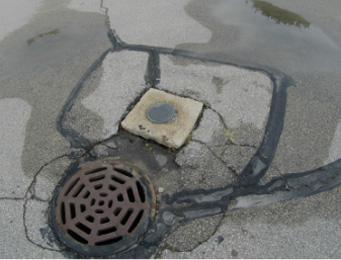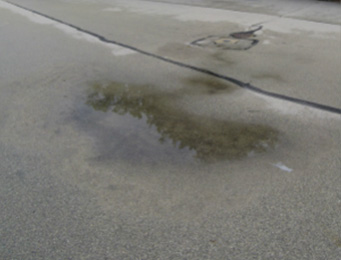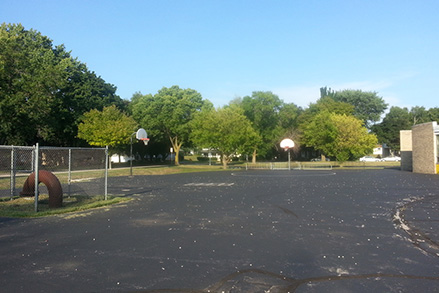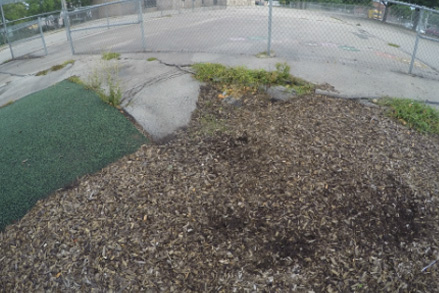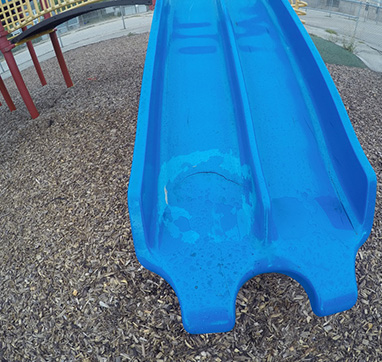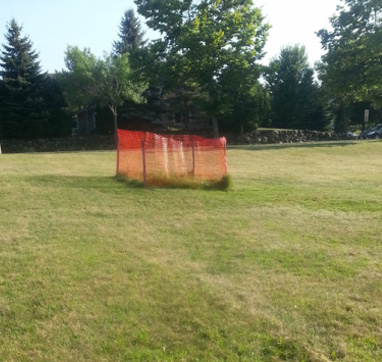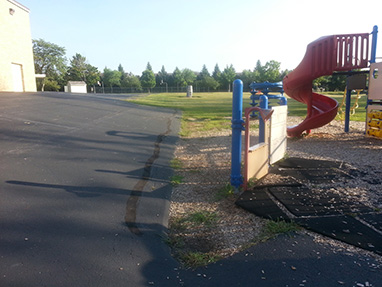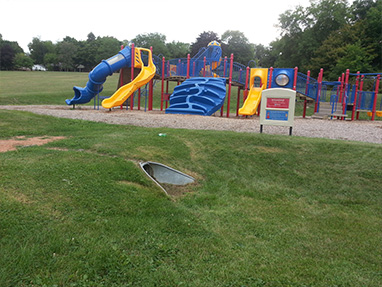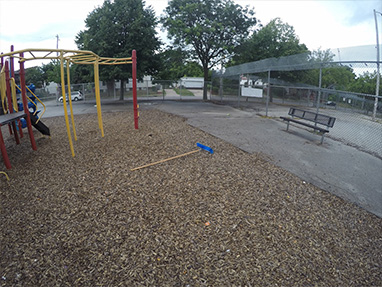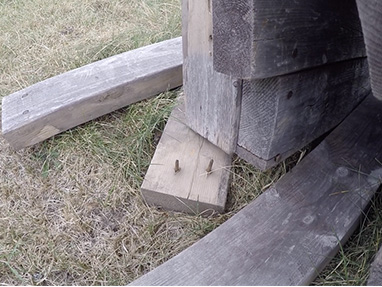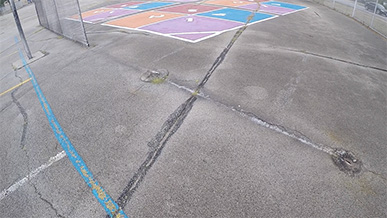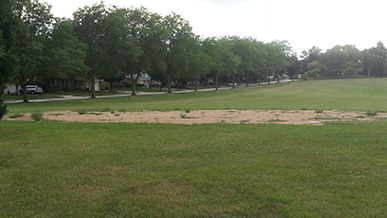Question 1
Overview
Unsafe Hazards include objects such as:
- Broken glass/sharp objects
- Hidden areas that cannot be seen by adults
- Drains/sewer caps that are obvious tripping hazards
- Potholes in black top or divots in the grass that are tripping hazards
- Broken play structures or poor quality of equipment
- Broken fence
- Cracks in cement that are obvious tripping hazards
- Poor containment of space (i.e. public access to playground)
- Poor grading (i.e. uneven surfaces/pavement) that may cause hazards
- Steep hills
- Unleveled surfaces
- Curbs/lips that are trip hazards
- Loose objects that should not be on playgrounds
- Loose gravel/rocks
A “no play” zone is an area that is clearly marked off so that students know that they are not allowed to play in that area.
Score Definitions:
A score of 1 would demonstrate hazards on or near almost all play spaces on the playground that could cause safety concerns. None of these safety concerns would be marked as “no play” zones. By and large, there hazards in multiple high traffic areas and it is very likely that someone is going to get hurt.
A score of 2 would demonstrate hazards on or near play spaces for the majority of playground (> 50%) that could cause safety concerns. These hazards would not be marked as “no play” zones. It is important to note that a score of “2” does not indicate that more than 50% of the entire playground is covered in hazards, but rather more than 50% of play areas.
A score of 3 would demonstrate there are few safety concerns on the playground. There are only some hazards that may cause safety concerns and most of these areas are marked as “no play” zones. If the safety concerns are on the edges and not in the middle of the playground, then it might not be a major safety concern.
A score of 4 would demonstrate that by and large there are no safety concerns or the few safety concerns. Any unsafe areas present are clearly marked as “no play” zones. This is a very safe play area, it is enclosed, it has a quality surface, and you cannot foresee students getting injured.
Examples:
